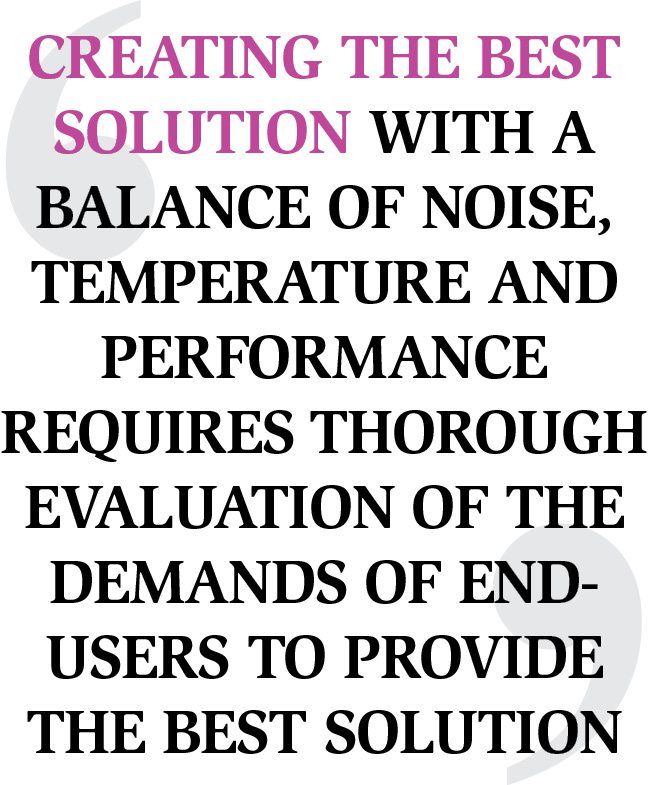Computers are taken so much for granted that even engineers occasionally fail to appreciate the factors that affect their product design. This interview should give you some insight into how motherboards and graphics cards are designed. Jackson Hsu, product management director, GIGABYTE Technology Co. Ltd speaks with Dilin Anand of EFY

Q. What design elements are used to improve performance in an over-clocked enthusiast motherboard?
A. Engineers have been using glass-fabric printed circuit board (PCB) to help protect against electrical shorts due to humidity. It works by reducing the gaps between PCB filaments. They also use 2x copper PCBs in their designs, which provide sufficient power trace paths between components to handle greater than normal power loads and to remove heat from the critical central processing unit (CPU) power delivery area. This is essential to ensure the motherboard is able to handle the increased power loading that is necessary when over-clocking.
All-digital power delivery is another improvement where digital controllers offer better precision in delivering power to the motherboard’s most power-hungry and energy-sensitive components, allowing users to get the absolute maximum performance from their CPU.
You may also see additional CPU fan pin headers located in various locations on the motherboard to connect a water pump and configured for continuous full-speed operation.
Q. What design improvements have been made to improve motherboard reliability?
A. In a technology called DualBIOS, the motherboard has both a main BIOS and a backup BIOS, making you protected from BIOS failure due to hardware malfunction, improper over-clocking settings or power failure during the update process.
Motherboards integrate the best-quality solid-state capacitors (we use long life-span, durable, black, solid capacitors) that are rated to perform at maximum efficiency for a guaranteed minimum of 10,000 hours and provide ultra-low erythrocyte sedimentation rate (ESR), no matter how high the CPU loading. These come in customised jet black from Nippon Chemi-Con and Nichicon.
6x (30µ) gold-plated CPU sockets are also used to improve the longevity of the CPU socket over time, without having any concerns about corroded pins and bad contacts. Plating thickness here is 15 times more than the industry standard.
Q. How do you improve electrostatic discharge (ESD) protection in modern motherboards?
A. High-resistance integrated circuits (ICs) help protect the motherboard against ESD. Moreover, each local area network (LAN) and universal serial bus (USB) port is paired with a dedicated protection filter that can withstand high ESDs, protecting your system from common electrical surges and even direct lighting strikes.
Q. What are the top three things a design engineer should know about designing graphics cards using graphics processing units (GPUs)?
A. It has been always a challenge balancing heat dissipation, temperature and performance. That is why we put so much effort here. Total graphics power (TGP) refers to the maximum amount of power that a graphics card can supply, which is the most significant element when designing a PCB. Its design can affect the efficiency of dissipation, thus the clock performance.
Balancing the system around noise is another important yet complex design element. Creating the best solution with a balance of noise, temperature and performance requires thorough evaluation of the demands of end-users to provide the best solution.
Q. What would be your advice for someone trying to balance noise and temperature on a card that they have tried to build?
A. Trying to get the balance between noise and temperature without sacrificing the graphics card performance is the most difficult task. We know that performance, TGP and GPU temperature are highly related. In order to provide the best performance to end users, we provide high-performance cooling solutions.
Powerful cooling capacity lets GPUs maintain a low operating temperature with lower acoustics when the fan spins, without sacrificing performance. And we believe this is what the user wants in real life.
Q. Over the last five years, what are the biggest technological shifts that have helped drive card performance forward?
 A. In order to ensure that only the best chips are used for those aimed at over-clockers, stringent GPU gaunlet sorting ensures that only the strongest GPU surviving these tests are qualified for G1 gaming graphics cards for maximum over-clocking capability. This reduces chances of failure in GPUs under the stress of heavy computing requirements.
A. In order to ensure that only the best chips are used for those aimed at over-clockers, stringent GPU gaunlet sorting ensures that only the strongest GPU surviving these tests are qualified for G1 gaming graphics cards for maximum over-clocking capability. This reduces chances of failure in GPUs under the stress of heavy computing requirements.
Thermal design is yet another important technology that differentiates high-performance graphics cards from the rest. To qualify for a high-performance line, a cooling solution must be equipped with anti-turbulence inclined fans/fins, ultra-quiet pulse width modulation (PWM) fan and pure copper heat-pipe. Inclined fins help reduce excessive heat and turbulence.
Q. Are there any specifics that must be taken care of while over-clocking a graphics card?
A. Over-clocking could easily reduce the product life cycle. Therefore the quality of product (material and components) are extreme critical for over-clockers.
For high-end series graphics cards, we use UDV material to ensure quality and durability. So, over-clockers and gamers can enjoy their games.
Q. For hardcore builders, what tools would you recommend for temperature and acoustic measurement?
A. For temperature measurement, builders can use GPU-Z, or they can test using GIGABYTE over-clocking GURU software easily.
For the acoustic part, the best way is to build an anechoic chamber with a professional device; however, it is quite difficult to create such conditions in real life.
From what we have heard, users can now simply download some specific apps on mobile devices and do the measurement. Nevertheless, please note that environmental/background noise might be included and actual numbers might be different from official numbers.






